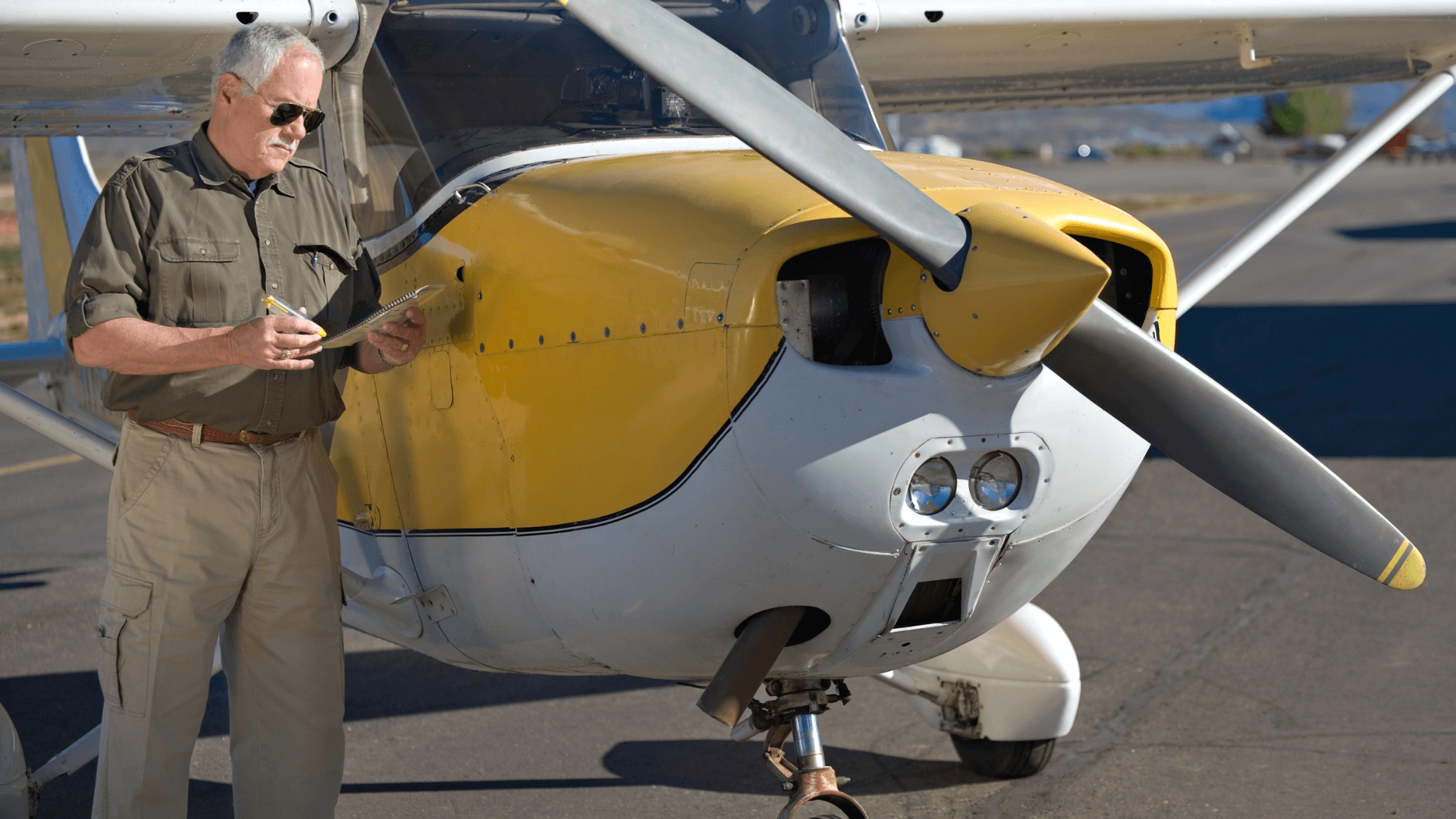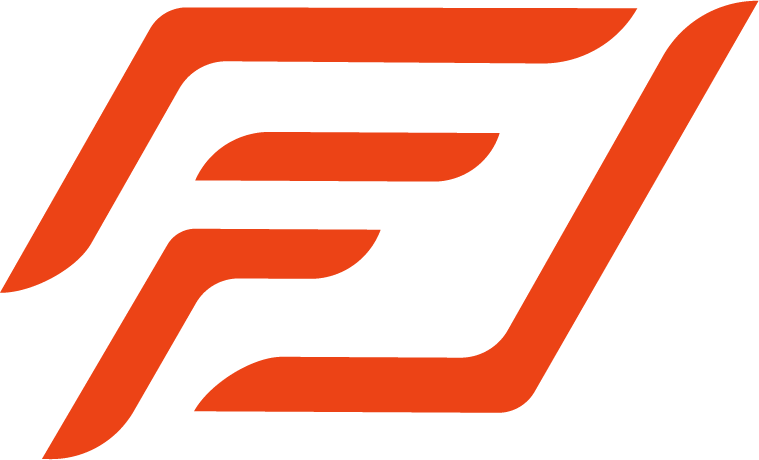
The pre-flight checklist is commonplace in modern aviation. But it wasn’t always this way. In 1935, a crash involving a prototype Boeing B-17 was the result of a gust lock not being removed prior to takeoff. It was after this crash that Boeing instituted a mandatory pre-flight checklist to improve flight safety. Over time the checklist has evolved from a simple pre-flight checklist to covering all aspects of flight. From pilot training to career pilot, a checklist is a non-negotiable tool in your flight bag. Evolving from simple pieces of paper to digitally automated checklists they have become an extension of the overall process of flight.
Aviation has never been safer than it is today. From day one of your flight training, you will be introduced to the checklist. As a training tool, it will be your lifeline to ensuring you’ve covered all of the tasks required for a safe flight. You will study it, repeat it over and over, and eventually, you will start to memorize it. Does this mean you can do away with the checklist? Definitely not.
Memorizing Checklists
As you begin your flight training and get introduced to the various aircraft checklists, you will learn that there are some checklists, or parts of them that must be memorized. This is because the associated tasks are considered time-sensitive critical items. For example, during an engine failure, you might not have time to pull out a checklist to action the initial items associated with the failure. Your priority needs to be on flying and controlling the aircraft while attempting to mitigate the cause or consequences of the failure. These items are called memory items. All Aircraft Flight Manuals or Pilot Operating Handbooks will identify which items the manufacturer considers memory items.
Choosing to memorize checklist items that are not identified as memory items is not recommended. In fact, Government regulations may preclude you from doing so by stating that a checklist must be used. Buy why? If you memorize the checklist are you not still using it? Understanding the human element of the flight deck has shown that we are fallible. Trying to complete checklists by memory opens up the very real possibility of forgetting an item, especially during a stressful, or rushed situation thus reducing overall flight safety.
Despite not using memory as a method of completing most checklists it is critical that a pilot has a thorough understanding of each item on the list and any actions associated with it.
Using a Checklist
There are generally 3 ways to use a checklist:
- Read and Do: Read the checklist item, complete the action
- Challenge and Response: One pilot reads the checklist item and the other pilot responds while completing the action.
- Memory: The pilot completes the checklist item from memory. This is normally found on emergency procedure checklists that include memory actioned items followed up later by reviewing the checklist when time permits.
In the flight training or GA world, a pilot is normally operating in a single pilot environment which eliminates the challenge and response checklist use. In the early days of flight training, completing a checklist in the Read and Do format can be slow and tedious. It takes time for a new pilot to remember the action or verification that needs to be completed in response to a checklist item. Eventually, this becomes more familiar and the checklist is completed quicker. This can lead to a pilot wanting to simply complete the checklist by memory. While we’ve already discussed this there is a way to get the best of both worlds!
Completing a checklist by first using a flow and then backing it up with a checklist is a very common method among both GA pilots and professional pilots. This means that a pilot will action items on a checklist by memory, usually in a logical order around the flight deck, then pull out the checklist and go through each item verifying the action has been completed. This method allows for improved speed but also creates a trap to catch any items missed during a flow.
Another important consideration when using a checklist is how you use it. Student pilots tend to take their time and go through each item methodically until later in their flight training when they are more confident and comfortable with it. Experienced pilots tend to go through a checklist rather quickly. No matter which type of pilot you are it is important to ensure each item is not overlooked and it is verified that the item is actually completed. Studies show, and I’ve seen it myself, that it is easy to read a checklist item and call it complete when in fact it is not. You can even be looking at the switch or item and make the mistake. Combat this common problem by:
- Physical verification - Touch the item
- Take your time - Do not rush a checklist, even in an emergency
- Point - If physical verification is not appropriate, point so that your attention is drawn in the right direction
- If you find that you have missed an item or become interrupted in your checklist, start over from the beginning.
Checklists Are Not Optional
There is an abundance of statistics available to demonstrate the catastrophic results of improper checklist use. One such example is the 1968 crash of Northwest Airlines Flight 255 when 154 of the 155 people on board perished as a result of the crew failing to use the taxi checklist.
Despite an overall adherence to checklist use industry-wide there are still those out there that try to promote memorization when not required or in conflict with regulations. There is no prize for having the best memory and rattling through a checklist by memory in record time. Your priority as the Pilot In Command is flight safety. Using a checklist is not only your responsibility but often your legal obligation. One can argue that only pilots who don’t fly often need to use checklists. I can speak firsthand to the fact that this thinking will quickly lead to an unsafe situation. Those who fly often can become complacent resulting in easily missed checklist items.
The demonstrated improvement in aviation safety over many decades has caught the eye of other safety-sensitive industries such as construction and medicine. Checklist use in particular has been employed in these industries to ensure high-risk activities are completed as safely as possible. It's pretty incredible to think that traditionally it has not been commonplace for your surgeon to use a checklist or have a thorough "pre-flight" brief with the surgical team before slicing you open. Feel free to insert a joke of your choosing here. It is, however, comforting to see aviation leading the way for safety culture everywhere!
To learn more about earning your pilot license or advancing your aviation knowledge reach out to our team. Level Flight courses are designed by industry experts to keep you engaged and learning as you move toward reaching your aviation goals.
FAQs
It sounds like a difficult process to become a pilot. Truth is, it's fairly straight forward and you are guided every step of the way. Refer to the following links to learn about the process to become a pilot and the various licenses and ratings. Included in the links is our articles page which is always updated with new content that can answer more of your questions.
To answer this we need to know what kind of pilot do you want to be. Do you want to be a private pilot and fly recreationally? Or do you want to be a commercial pilot and fly for hire? One thing to note is that flight training can be a variable cost that is dependent on each specific person's rate of progress. Be wary of anyone that will give you a solid low price figure as it may be based on an absolute best-case scenario and not average statistics. Check out the link below and click on each license and rating to learn more about the specific costs and requirements. Each one is listed in the typical order in which you might obtain them.
Generally speaking, a pilot will spend anywhere from approximately $12,000 to $100,000 to become a pilot depending on what kind of pilot they want to be. Note that ground school is the cheapest part of the flight training experience. The actual flying part of the training is where the big money is spent. Flight schools roughly charge an average of $200/hr for each flight.
No. The saying you get what you pay for is oftentimes applicable here. Do your homework, choose a program that is modern, provides many avenues of delivery, and does not simply run you through a PowerPoint presentation. The use of high-quality technology to deliver superior ground schools comes at a cost. This might be reflected in the cost of the ground school but can be well worth it.
Take Flight Now
Level Flight is Canada’s best online ground school. It is our mandate to provide higher quality, more engaging training for Canadian Student Pilots. If you are seeking the exhilarating freedom of flight for a hobby or with aspirations of a career in the skies, Level Flight offers the best ground school experience available. Sign up for our online learning platform now and discover the adventure that awaits you at Level Flight.
By submitting this form, you opt-in and give expressed consent to receiving SMS / text messages, calls, and emails from us for the purposes of communication related to your inquiry or related to the products and or services we provide.
